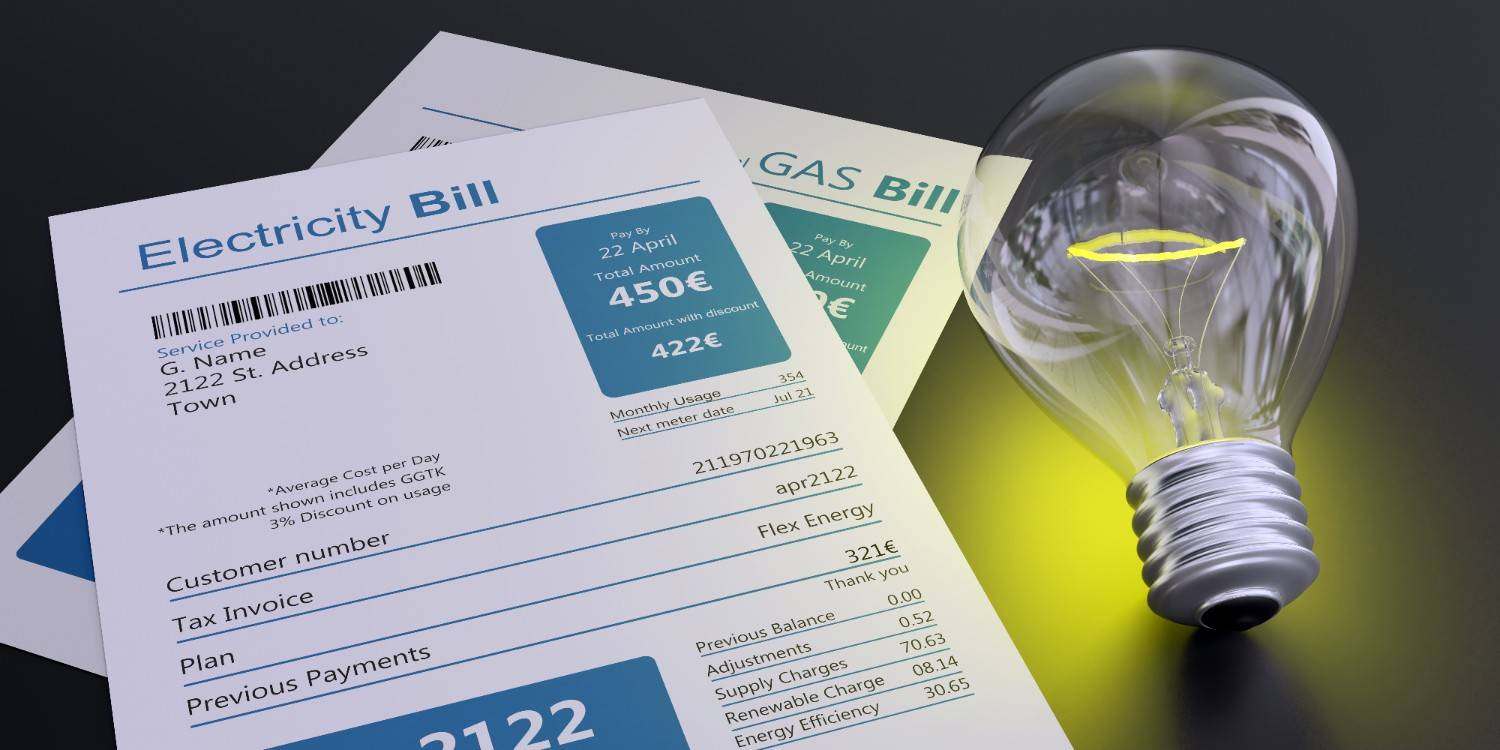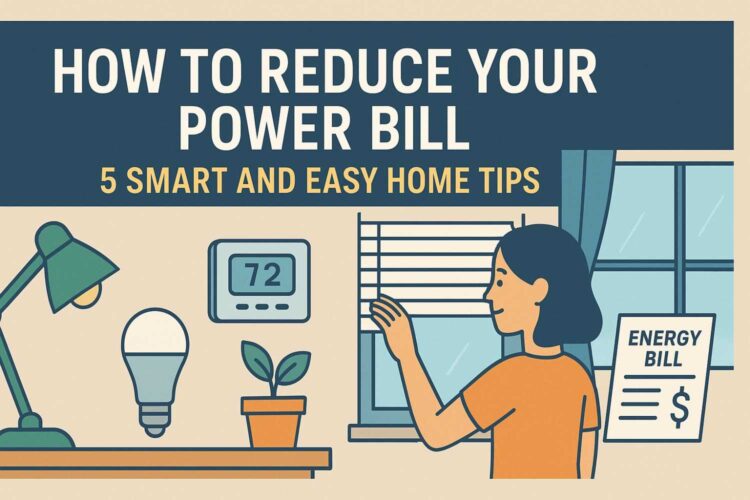Managing household expenses often begins with understanding their key drivers—and electricity is a significant one. With energy costs fluctuating in recent years, it’s more important than ever for individuals to track their power usage and understand the factors influencing their monthly energy bills. In this blog, we explore five key contributors to rising electricity costs and share straightforward, actionable tips to help you reduce your bill, even as rates continue to climb.

1. Seasonal Changes in Energy Use
Energy use spikes during extreme temperatures—summer and winter—when heating and cooling systems run the most. Air conditioners in summer and heaters or heat pumps in winter are often the biggest energy users in a home.
To reduce energy use during peak seasons:
- Use a programmable thermostat to adjust temperatures automatically.
- Keep blinds closed during the hottest part of the day in summer.
- Seal any air leaks around windows and doors to keep heat or cool air inside.
Making small changes to how you manage your home’s climate can ease the strain on your wallet.
2. Appliance Efficiency and Usage Habits
Older appliances use more electricity than newer, energy-efficient models. Dishwashers, refrigerators, and washing machines over 10 years old could be unnecessarily increasing your bill.
Tips to cut down on appliance-related costs:
- Run washing machines and dishwashers only when full.
- Unplug appliances when not in use—yes, even that coffee maker.
- Replace incandescent bulbs with LEDs and turn off lights in unoccupied rooms.
Using energy-efficient habits and appliances helps cut down overall power consumption without compromising daily comfort.
3. Household Size and Lifestyle
Homes with more people use more electricity—more showers, laundry, and charging devices all add up. Similarly, lifestyles with more electronics or work-from-home setups can increase demand.
Here’s what can help:
- Set limits on screen time or electronics usage.
- Consolidate laundry loads and reduce the number of drying cycles.
- Encourage family members to adopt energy-conscious routines.
Even a few consistent changes across multiple family members can noticeably lower usage.
4. Rate Structure and Time of Use
Power rates depend on your utility provider and billing plan. Some offer time-of-use pricing, with higher costs during peak hours and lower costs off-peak.
Ways to save under this model:
- Shift high-energy tasks (like running the dryer) to evenings or weekends.
- Charge devices or electric vehicles overnight when rates may be lower.
- Learn your provider’s billing plan and adjust routines accordingly.
Understanding when you use electricity is just as important as how much you use.
5. Home Insulation and Structural Efficiency
Poor insulation forces heating and cooling systems to work harder. Drafty windows, thin walls, and unsealed ducts let air escape, wasting energy.
Here’s how to make your home more efficient:
- Add weather stripping to doors and windows.
- Insulate your attic or crawl spaces.
- Install ceiling fans to circulate air more efficiently.
Improving your home’s structure is a longer-term investment, but it pays off in the form of lower bills and a more comfortable living environment.

Conclusion
Rising Utah power rates may be out of your control, but your home’s energy efficiency isn’t. Small changes—like adjusting appliance use, upgrading to energy-efficient systems, or turning off lights—can make a big difference. Monitor your energy usage, check your bill for patterns, and make one change at a time. With a few mindful steps, you can cut costs and take control of your energy habits.




